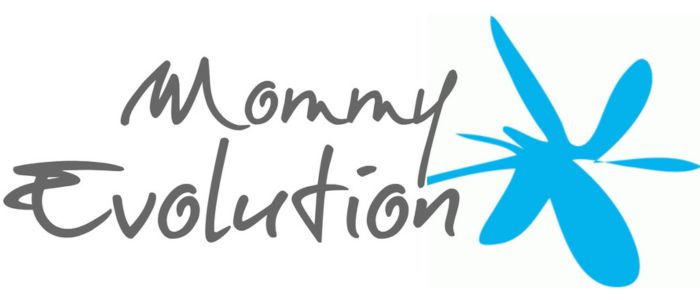Insure This, Not That! What Should You Insure in Your Home?
Boy, it’s an eye opener to really think about the items we all should make sure we insure in our homes.
Find more sanity saving home tips to help make your house run more smoothly.

Which Items Should You Insure?
Of course you’re going to insure the obvious items in your house, such as the furniture and stereo equipment. But there are a number of items that folks regularly overlook, including:
- Collectibles
- Musical instruments
- Professional or scientific equipment or gear
- Sports gear
- Seasonal gear
- Power and hand tools
- Art
- Vehicles
- Boats
- Recreational vehicles
- Family heirlooms
When I look at the items in my home, I certainly never would have thought of insuring the power and hand tools we have in the garage. And trust me, when you own a home — you own a lot of that stuff!
When we moved from a condo in downtown Chicago to our own home, we were shocked by all of the yard and maintenance equipment we needed to keep up our house.
Do you know what’s truly valuable in your house?
Should You Insure Items You Don’t Own?
Nowadays, many American households include a mix of generations, which means a mixture of possessions, too. For example, a friend and her family were living with her in-laws for a year. Even though they didn’t own the house, I imagine they were responsible for insuring their own property.
Plus, how many of you offer to “store” someone else’s stuff for a while? You may not own your son’s collectible guitar or your cousin’s boat, so you wouldn’t include those items in your house inventory.
However, if you regularly help others out by letting them live with you or by storing their things, you’ll need to sort out what your policy covers and what might need to be covered by the ower of the things you are storing or borrowing.
Emotional Value vs. Financial Value: Making a List of Inventory
While you’re working on the items you should insure, don’t confuse items that have emotional value versus financial value.
To help you do this, sort your possessions into three categories: (1) things that probably require additional insurance; (2) things that are definitely not worth insuring and (3) things that are probably worth adding insurance protection.
Your list may look something like this:
(1) Probably worth insuring:
- Fine furniture
- Genuine jewelry
- High-end electronics
- Sterling silver
- Antiques
- Art with an established provenance, such as signed limited-edition prints
- Probably adequately insured by your homeowner’s policy:
(2) Easily replaceable items such as not-rare books, electronics and appliances:
- Unfinished projects
- Nonfunctional and obsolete electronics and appliances
- Toys
- Office supplies, pantry inventory and other consumables
- Holiday decorations
Some items have more sentimental value than market value. You can’t put a price on your family scrapbooks, for instance – and that’s the point. A scrapbook is insured only for the cost of replacing the actual book. That’s why it’s important to have duplicates of irreplaceable photos and memorabilia either digitally stored or in a safe place, perhaps with friends or relatives.
When in doubt, hire a licensed appraiser to review your collections. While it’s tempting to simply use online auction sites as a gauge of value, such services won’t give you a defensible estimate of value.
Your home is full of things as well as memories. Realizing the difference lets you concentrate your insurance investment on the things that matter most.
